Heart Attack | Warning Signs & Emergency Care
 Felix
|
Felix
|
 25 Jul 2025
25 Jul 2025
What is a heart attack and how it happens
A heart attack happens when blood can’t get to part of the heart. The blood brings oxygen, and without it, that part of the heart muscle starts to die. Most times, it’s because of a blockage in the artery. Fat and cholesterol build up over years, and then one day, it just clogs things up.
Sometimes it’s sudden. Other times, there are warnings before it happens. But either way, when the blood flow stops, every minute counts. A serious type of attack, called the widowmaker heart attack, blocks the left main artery. It cuts off blood to a large part of the heart and can be deadly if not treated fast.
Early warning signs you shouldn’t ignore
Some signs are obvious, others feel small but still matter. Chest pain or pressure is the one most people know. It can feel like squeezing or heaviness, not always sharp.
You might feel pain in your left arm, but right shoulder pain heart attack signs happen too. Women may feel it differently—women heart attack symptoms might show up as fatigue, shortness of breath, or even back pain instead of chest pain.
Cold sweats, lightheadedness, nausea. Feeling off but can’t say why. Some people write it off as stress or gas. But it can be something more.
Even a mini heart attack can damage the heart. And many don’t realize they had one until later.
Major causes and risk factors of a heart attack
A few things raise the risk more than others. High blood pressure, high cholesterol, and smoking are big ones. They damage the arteries over time, making them narrow and stiff.
Obesity, lack of exercise, poor diet—those all add up. Stress doesn’t help either. Then there’s family history. If heart disease runs in your family, your odds go up.
Even people who eat right and look healthy can have risk hiding inside.
Differences between a heart attack and cardiac arrest
People mix them up a lot, but they’re not the same.
A heart attack is when the blood can’t get to the heart. The heart keeps beating, but it's struggling.
Cardiac arrest is when the heart suddenly stops beating altogether. No pulse. No breath. That’s when CPR is needed right away.
Heart attack vs cardiac arrest—one is a plumbing problem, the other is electrical. Both are emergencies, but the treatment is different.
What to do during a suspected heart attack
Call for help. Don’t wait. Dial 911 or emergency services as soon as you think something’s wrong.
Sit down. Try to stay calm. If there’s aspirin nearby, chew it. It can help thin the blood. Don’t try to drive yourself unless there’s no other option.
And if the person passes out or stops breathing, start CPR if you know how.
How heart attacks are diagnosed in the ER
First thing they’ll do is an ECG—that’s a test to check how the heart’s beating. It shows if there’s a blockage or if the heart's under stress.
Blood tests come next. They check for troponin, a protein that rises when heart muscle is damaged.
They may also do a chest X-ray or a scan to look for problems. In some cases, they go straight to an angiogram, where dye is used to find exactly where the artery is blocked.
This helps tell if it’s a STEMI heart attack or a non STEMI heart attack—that changes how they treat it.
Treatment options after a heart attack
If there’s a blockage, they’ll try to open it. That might mean using a balloon to widen the artery and placing a stent to keep it open. That’s called angioplasty.
Some need more, like surgery to bypass the blockage.
Medications help too—blood thinners, cholesterol meds, beta blockers. They protect the heart and help prevent another attack.
Lifestyle changes come next. Diet, exercise, quitting smoking, handling stress. Sanford Pharmacy helps with medication, heart monitors, and support during recovery.
Recovery and life after a heart attack
The road back is different for everyone. Some bounce back fast, others take longer.
Cardiac rehab helps you get strong again. You’ll learn what to eat, how to move, and how to manage stress.
Emotionally, it’s heavy. Fear, anger, sadness—all of it is normal. But support helps. From family, doctors, even other survivors.
Day by day, routine comes back. But life after a heart attack usually looks a bit different than before.
How to prevent a heart attack in the first place
Prevention matters more than anything. Eat better. Walk more. Know your numbers—blood pressure, sugar, cholesterol.
Quit smoking if you haven’t. Cut back on alcohol. Learn how to manage stress before it gets out of control.
Stay active. Even a 30-minute walk most days helps. Don’t wait until you feel sick to take care of your heart.
Silent heart attacks: what they are and who’s at risk
Some heart attacks don’t come with chest pain. They sneak in quietly.
They’re called silent heart attacks, and they’re more common in older adults and people with diabetes.
You might just feel tired, or short of breath. Maybe you had what felt like indigestion or shoulder pain that went away. But the damage still happened.
It’s why regular checkups matter, even when you feel okay.
Sanford Pharmacy is here to support your heart health—from emergency care tools to medication management. Because every beat counts.
Categories

How Bromocriptine Works?
 Kale
Kale
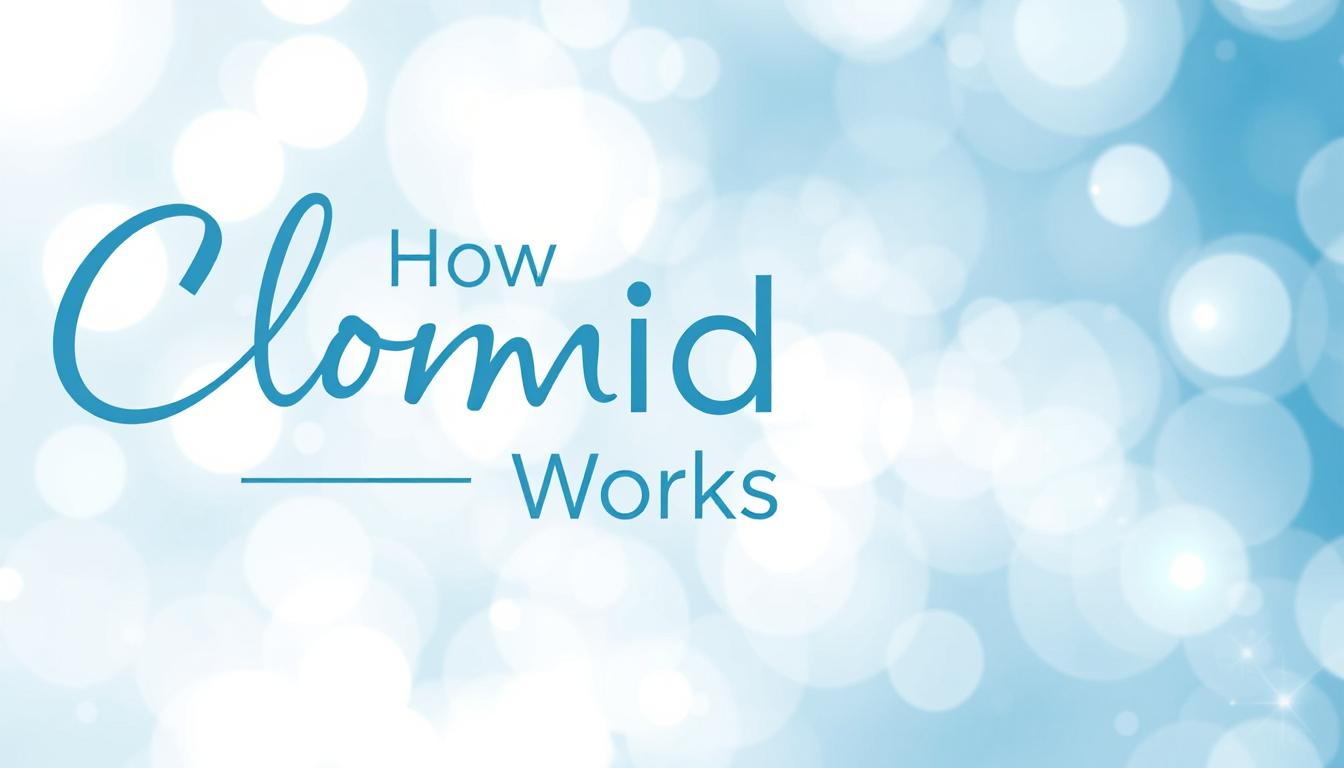
How Clomid Works?
 Brant
Brant
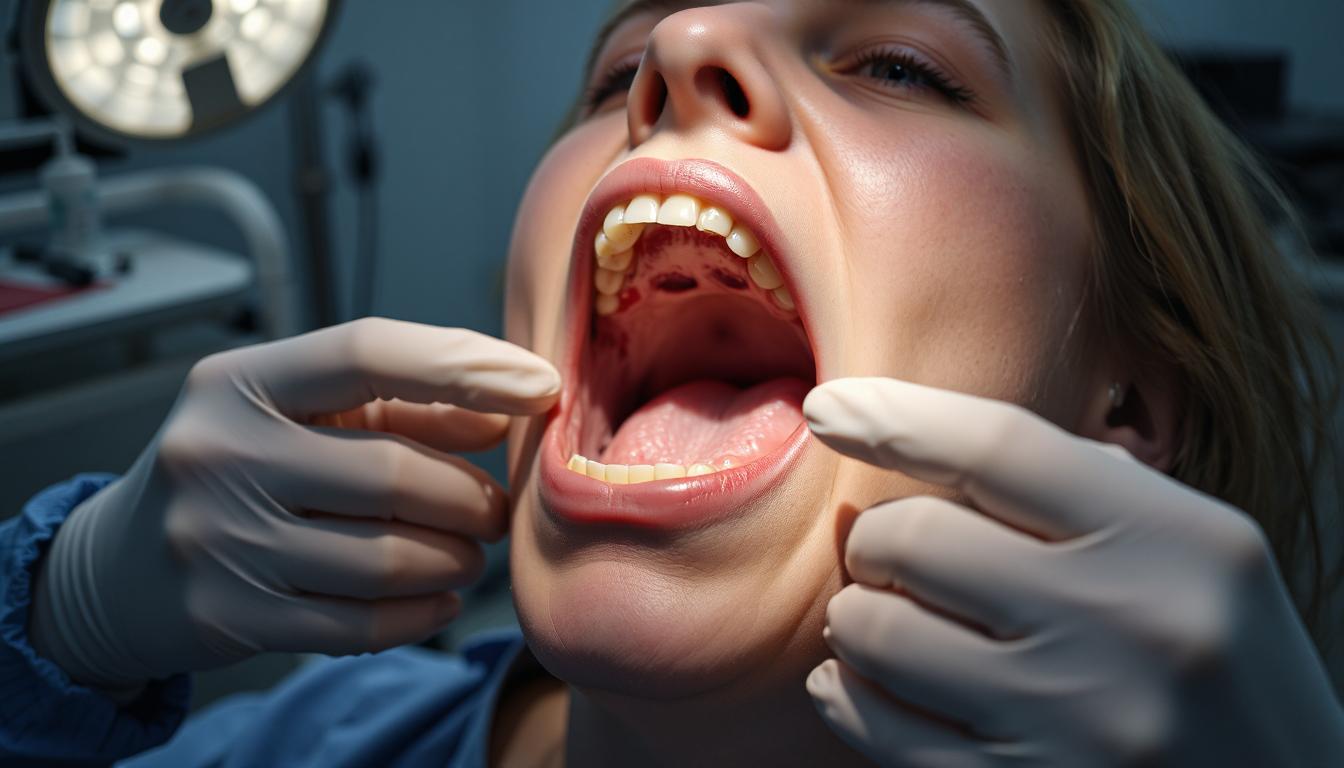
Mouth Cancer: Signs, Stages & Treatment
 Magdalena
Magdalena
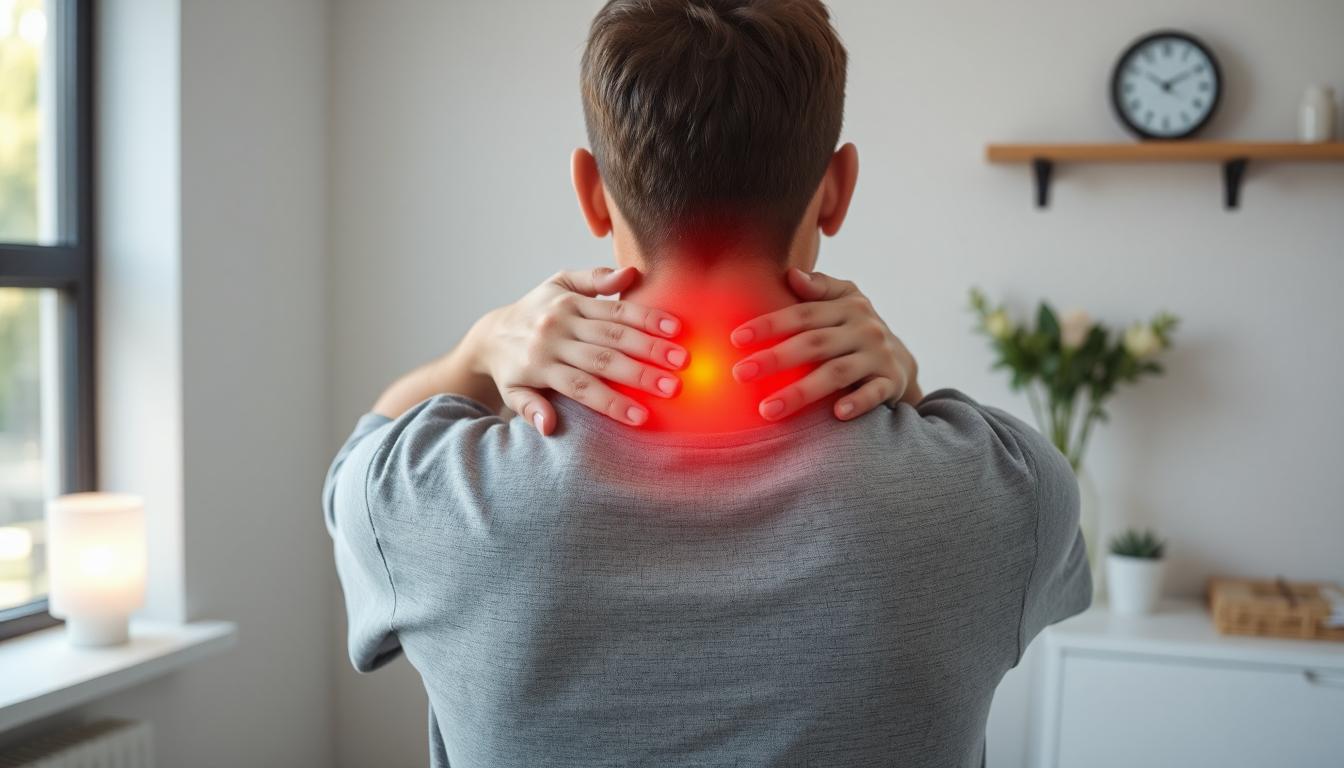
Neck Pain: Discover Fast Relief Option
 Patience
Patience
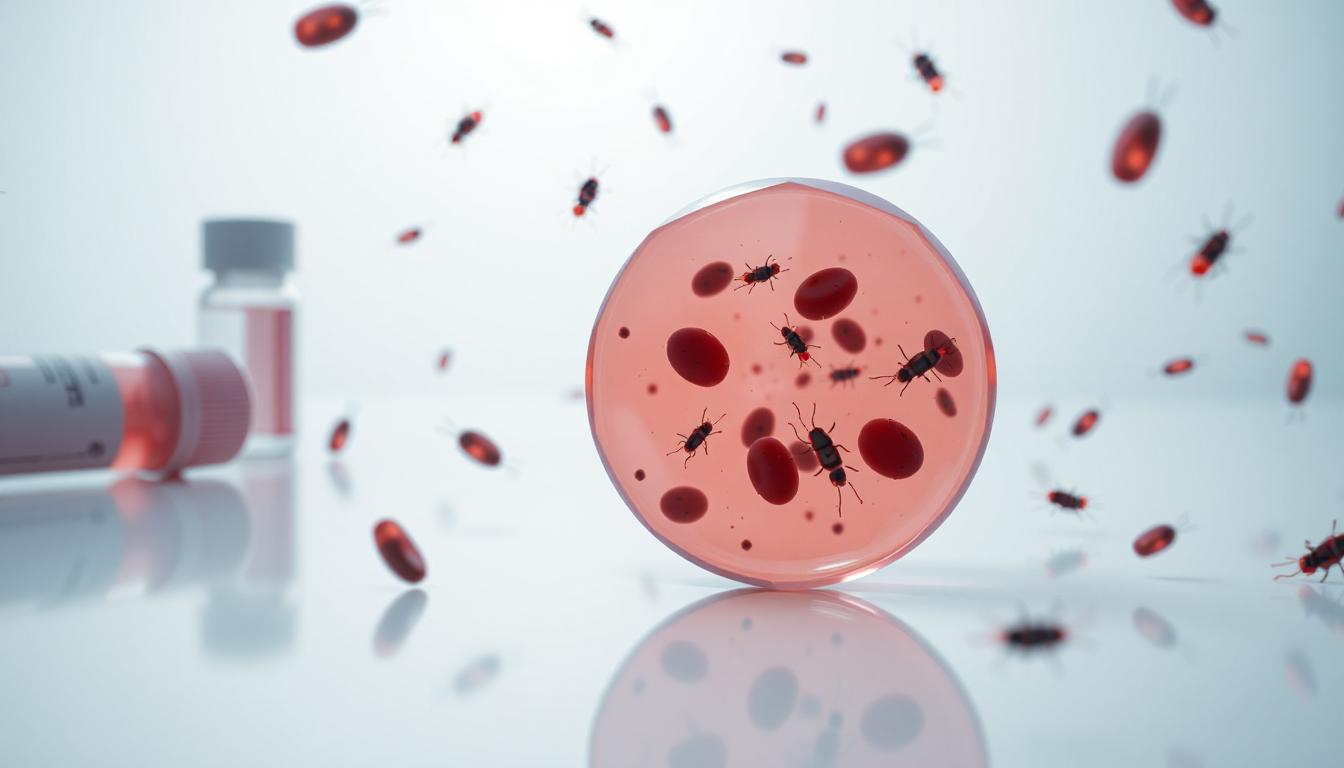
Malaria: Symptoms, Causes & Cure
 Meaghan
Meaghan

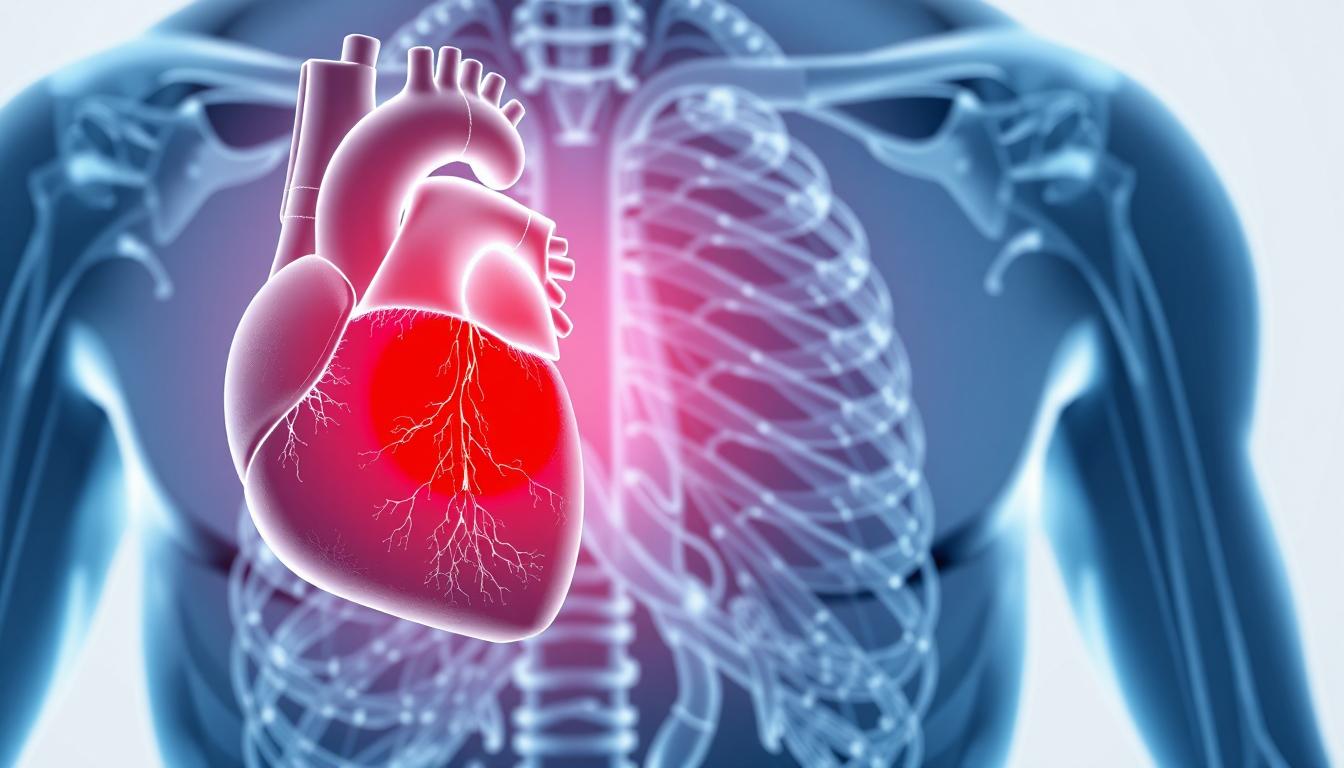
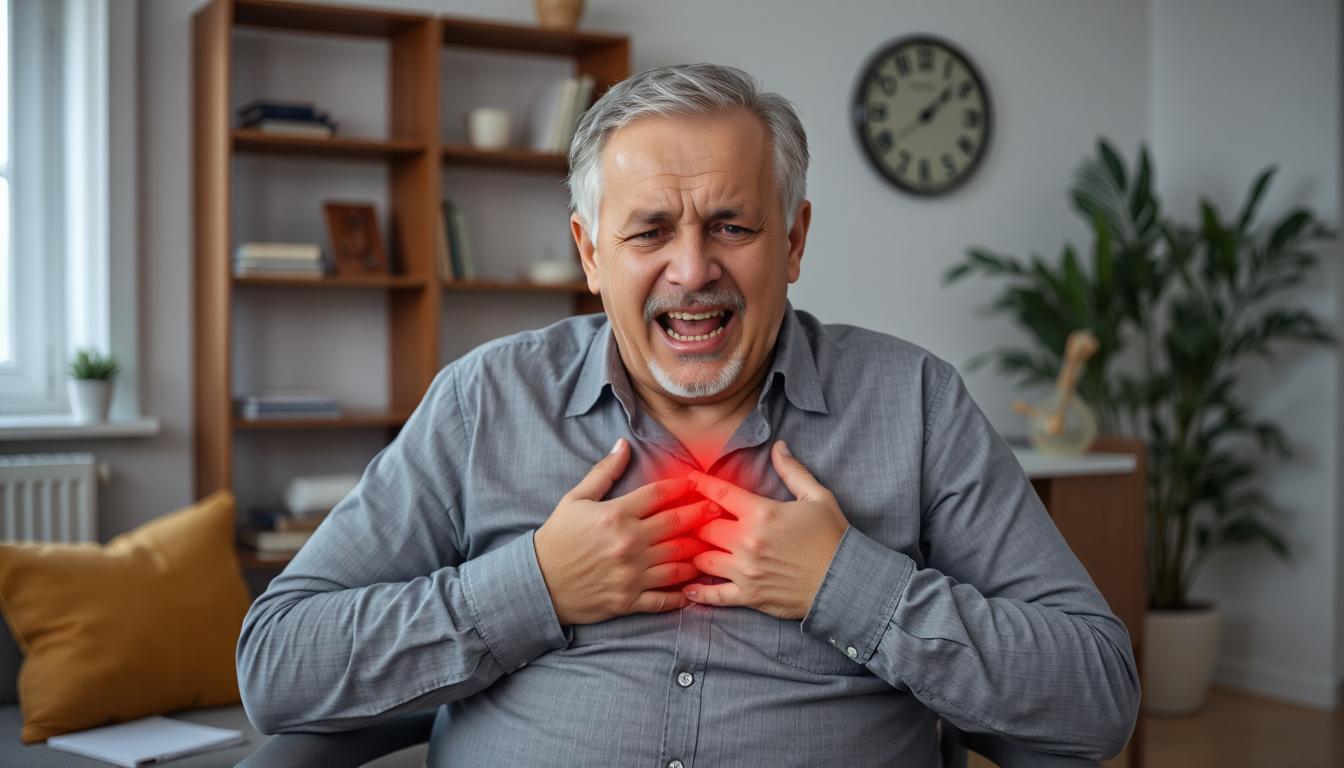
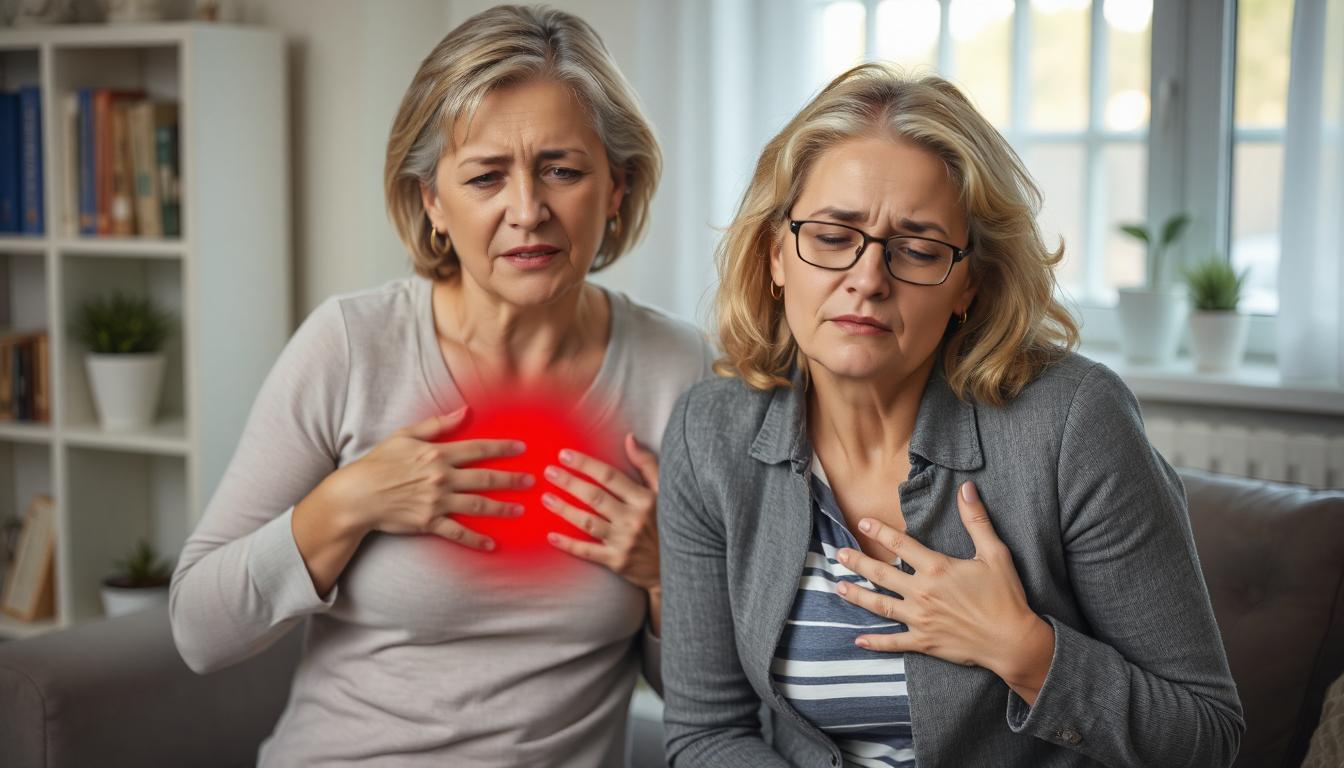







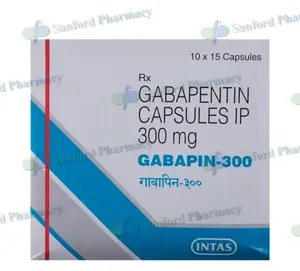
.webp)
.webp)
-(2).webp)
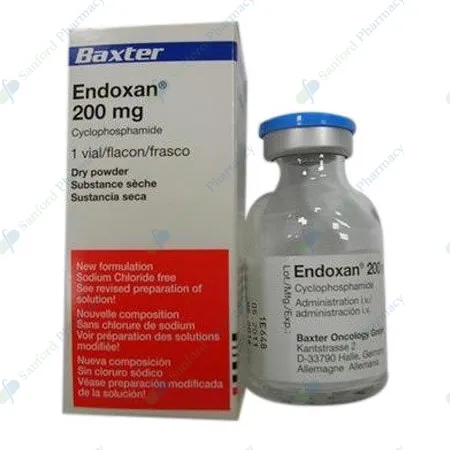
.webp)